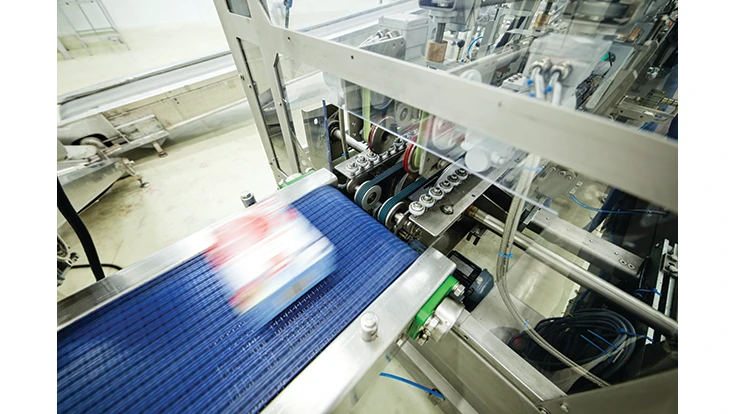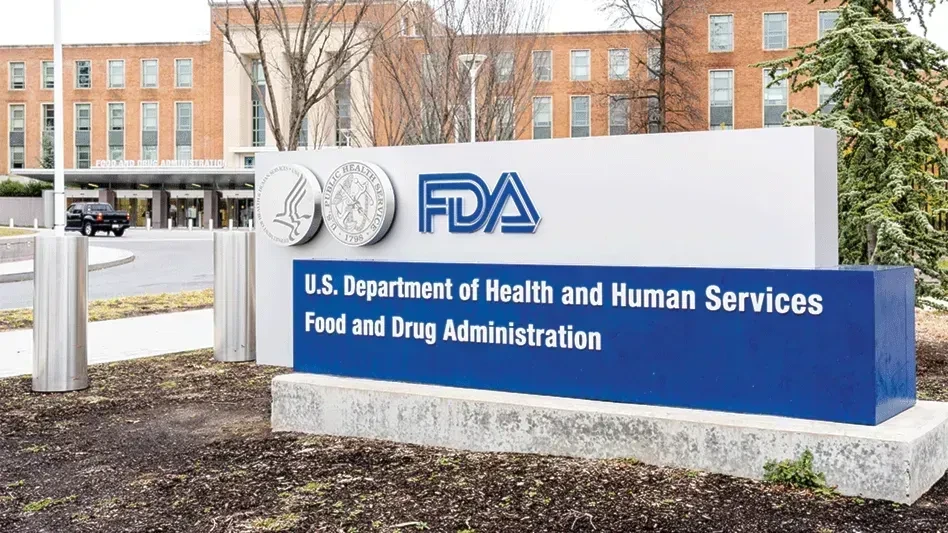
FDA began issuing the final rules of the Food Safety Modernization Act in August—complex rules, each extending to hundreds of pages. To bring our readers in-depth insights to these rules, QA asked subject experts to delve into specific aspects of the rules to present their analysis of the topic and its impact on industry. Following is a focus on pest management.
PM = PC + PP
by Deni Naumann, president, and Jim Sargent, director of technical support and regulatory compliance, Copesan
The word “pest,” including pest infestation, pest harborage, pest exclusion, and pest control, are mentioned more than 100 times in the Preventive Controls for Human Food rule. However, FDA did not add any new regulations pertaining to pest control in the final rule—it just reaffirmed current Good Manufacturing Practices (cGMPs), adding that it now considers cGMPs to be requirements—not guidance.
Pest control, listed under “Sanitary Operations” (21 CFR 117.35(c)) in the cGMPs states, “Pests must not be allowed in any area of a food plant.” Later, the cGMPs also state, “Effective measures must be taken to exclude pests from the manufacturing, processing, packing, and holding areas and to protect against the contamination of food on the premises by pests.”
It is important to understand that the food facility manager is responsible for complying with these requirements, not the PMP or the sanitarian or the QC manager or anyone else. So, when a deer mouse is caught indoors after the PMP recommended keeping doors closed, replacing damaged/missing door strips, and increasing outdoor rodent devices as freezing temperatures approach, it’s the responsibility of the plant manager to make sure that “effective measures” are taken to exclude pests from his or her facility. This means documenting the measures taken, including who took action and when, on the pest prevention recommendations, and the corrective actions.
Thus, pest management as a preventive control can be broken down into two key equations:
- PC = PC
Pest Control is a Preventive Control if pests are a known or reasonably foreseeable food safety hazard at the facility. (And, yes, they are.)
- PM = PC + PP
Pest Management equals Preventive Control and Pest Prevention.
Remember that rodents, birds, flies, cockroaches, and other pests are a documented critical risk to food safety in food/feed establishments. All carry foodborne pathogen bacteria that could be left behind on food products, food contact surfaces, and anywhere they go. Stored product insects aren’t as significant a risk, but an infestation of warehouse beetles, flour beetles, Indianmeal moths, or other stored product insects also mean trouble when you read the cGMPs. (Your customers don’t like pests in your products or your facility either!)
Besides documentation of what’s been done to exclude pests, the new requirements include training of all employees on preventive controls as well as cGMPs. Therefore, required annual employee training should include the importance of pest sightings and what to do, potential problems with pest exclusion (e.g., doors not closing), supporting pest management efforts (as opposed to negating them), and, most importantly, pest control and food safety require everyone’s cooperation.
The greatest challenge to reducing the risk to food or feed safety is personnel blaming someone else for not preventing a pest problem. It’s everyone’s responsibility to do his or her job well and reduce the risk of food contamination. Effective communication from the PMP to the food plant, from food plant employees to their supervisors and to the PMP, and from the plant manager to all food plant employees is needed to reduce the risk of food contamination.
Latest from Quality Assurance & Food Safety
- New Study Examines Kaempferol's Role in Taming Allergic Responses
- Will Bird Flu Be the End of Holiday Traditions Like Eggnog?
- FDA Cuts AFDO SAFHER Funding
- FSQAs Share Their Best Food Safety Tips for Santa
- 12 TAG Food Safety Consultants Named FSPCA PCHF Version 2 Lead Instructors
- FSIS Announces Stronger Measures to Protect Public from Listeria
- Eagle Product Inspection to Showcase X-ray Technology at IPPE 2025 Trade Show
- Dr. Al Baroudi: 'Food Safety Is Not Negotiable'





